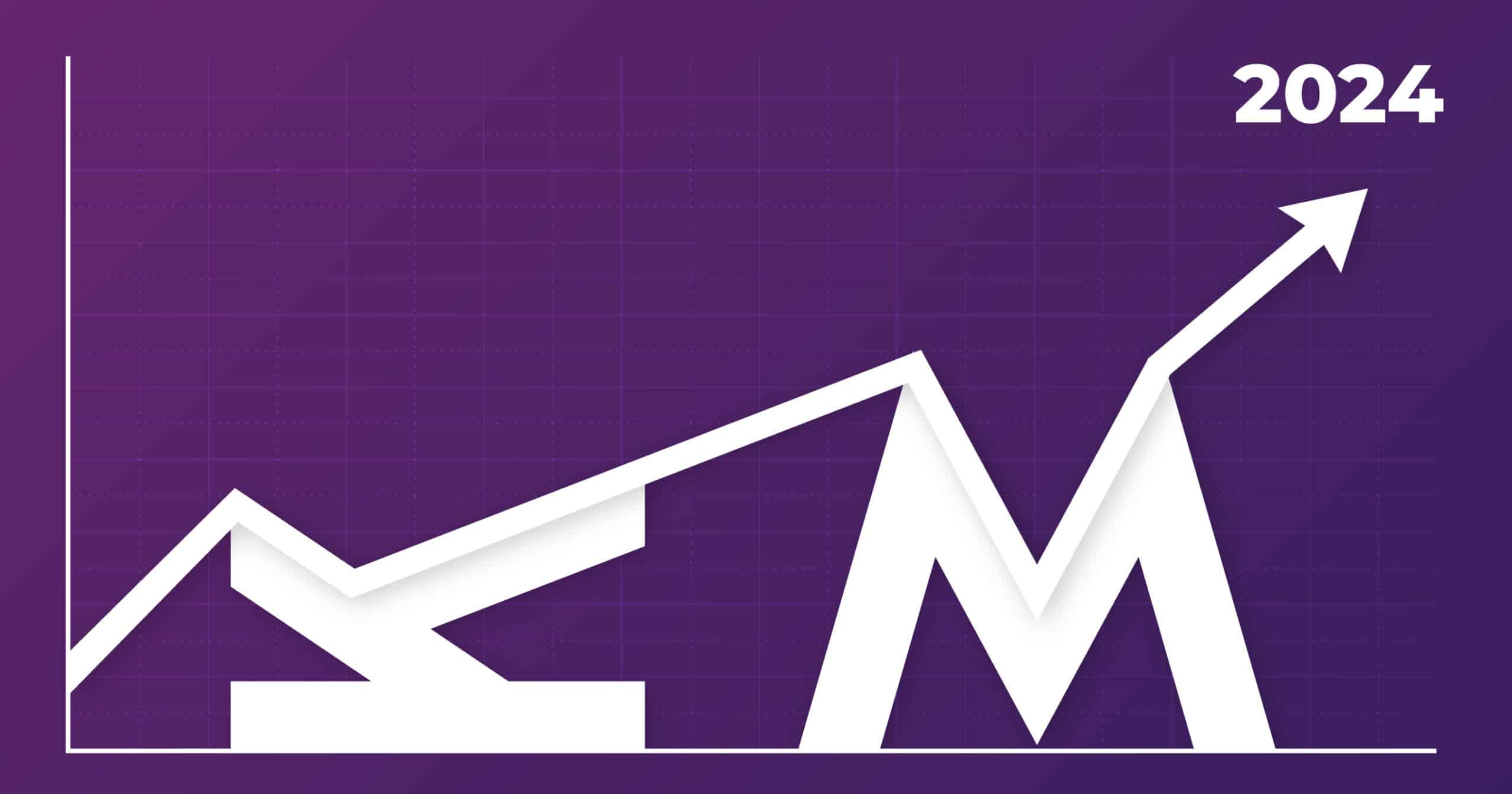
For the last several years, I’ve written this article on the Top Knowledge Management Trends of the year. As CEO of the world’s largest Knowledge Management consulting company, I’m lucky to get to witness these trends forming each year. As in past years, I brought together EK’s KM consultants and thought leaders to guide the development of this list. I looked at the rising themes we see from our clients and prospective clients, including burgeoning topics in requests for proposals we receive. As we’ve helped many of our leading clients develop multi-year KM Transformation roadmaps, or develop their annual priorities and budgets, key themes have taken shape. I’ve supplemented those insights with a series of interviews from KM leaders and practitioners (both internal and external), reviewed topics and discussions from the world’s KM conferences and publications, and evaluated briefings and product roadmaps from vendors across the KM, information management, content management, and data management software spaces.
You can review my recent annual blogs for 2023, 2022, 2021, 2020, and 2019 to get a sense of how the world of KM has rapidly progressed.
The following are the top KM trends for 2024.
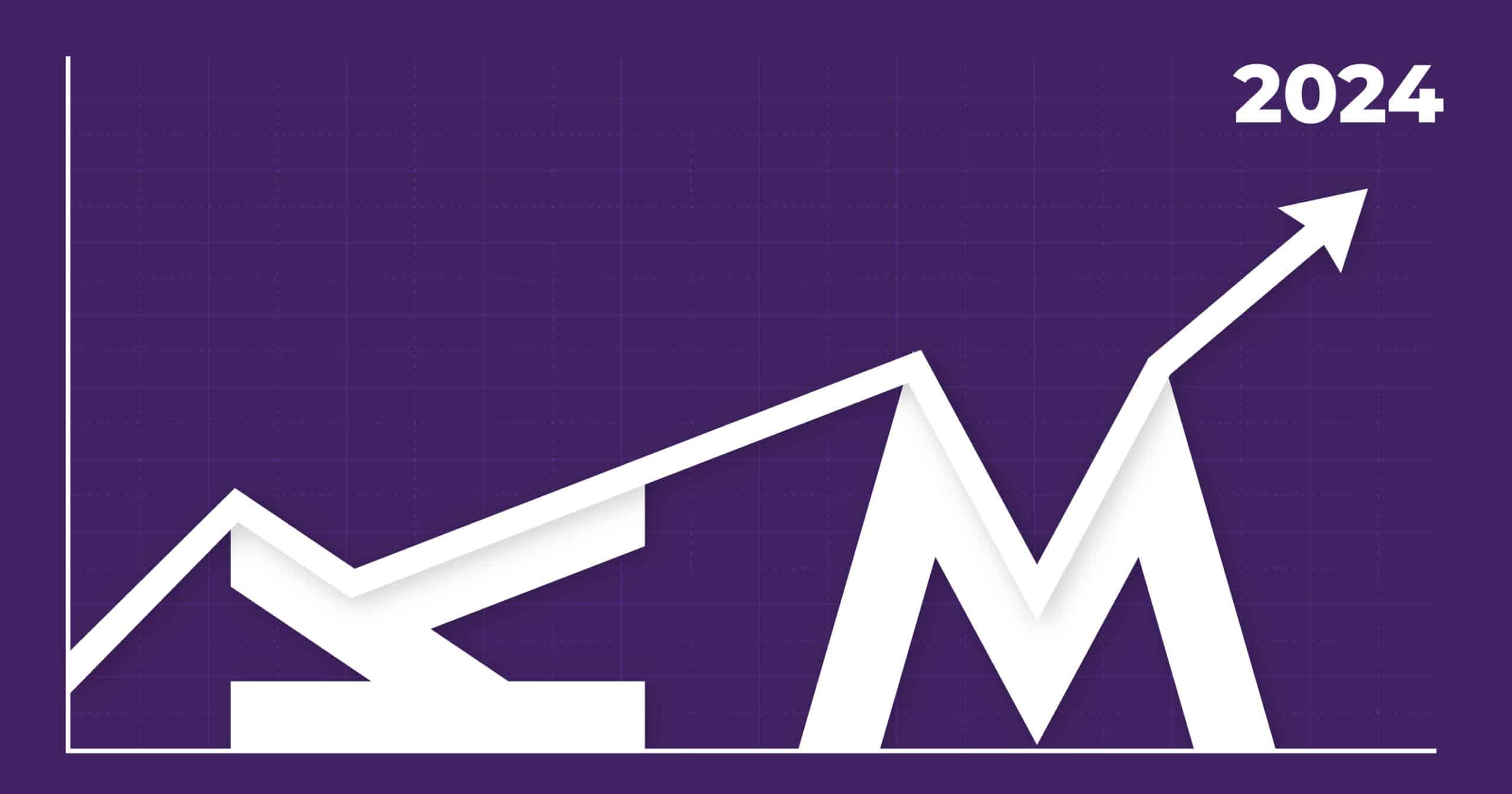 Artificial Intelligence, Obviously – It would be a real failure in thought leadership to simply present AI as a new KM trend and leave it as that, especially since I first identified that growing trend for KM back in 2019. However, the specific interplay and overlap between the two disciplines does merit some additional discussion, as there are new and exciting things happening here.
Artificial Intelligence, Obviously – It would be a real failure in thought leadership to simply present AI as a new KM trend and leave it as that, especially since I first identified that growing trend for KM back in 2019. However, the specific interplay and overlap between the two disciplines does merit some additional discussion, as there are new and exciting things happening here.
First, organizations are continuing to recognize that their AI initiatives will fail without the appropriate building blocks in place. We’re not talking about black box AI here, but rather explainable AI that can be trusted by even the most risk-averse organizations. In these cases, traditional KM disciplines including knowledge capture and digital communities (to get the expert knowledge in a digital and ingestible form); content structuring (to ensure it is machine readable and configurable); taxonomies, ontologies, and content tagging (to ensure it can be categorized, related, and contextualized); and information governance (to ensure only the correct and appropriate information is utilized by the AI solution) can provide the necessary building blocks to make AI work. None of these KM topics are new, in fact most are decades old, but collectively they can lay the foundation for enterprise AI. With AI as a top executive priority, but many AI initiatives stalled or experiencing early failures, executives are open to revisiting the benefits of KM.
With AI as a top executive priority, but many AI initiatives stalled or experiencing early failures, executives are open to revisiting the benefits of KM.
The second KM and AI trend flips the first and focuses on leveraging AI to enhance and improve some traditional KM practices. Over the course of my now quarter-century in KM, there have been several early stumbling blocks to successful KM transformations, largely borne out of the highly labor-intensive nature of KM tasks like content cleanup, content tagging, and content restructuring. These tasks are critical to achieving high KM maturity for an organization, but they can take a massive effort to accomplish effectively. AI offers a solution by automating these and other critical but monotonous KM tasks, speeding up transformations while still delivering a high level of accuracy. This trend promises to drastically improve the speed and/or completion of KM and Digital Transformations.
As we progress more deeply into the KM/AI trend, there are three primary use cases that I expect will continue. The first, and most common we’ve seen move to production, is customized learning, where AI is being used to automatically assemble individual learning paths. This involves assembling formal and informal learning, access to experts, knowledge assets, and job aids into customized curricula for each individual learner. The second use case is leveraging AI for the assembly and creation of new knowledge articles, combining an organization’s knowledge, content, and data, into newer, richer, and more actionable knowledge assets. I address that in greater detail when speaking about Semantic Layers and Conversational KM later on. The last, and one that I’m particularly excited about, is the use of AI to identify and capture new knowledge from experts. This is not a new idea, but we’re beginning to see investment in this space that will allow solutions to identify risks related to human expertise leaving an organization, as well as the appropriate moments and mechanisms to capture that expertise so it may be preserved within the organization. This is an early trend, but it’s one I think we’ll be seeing a lot more of a year from now.
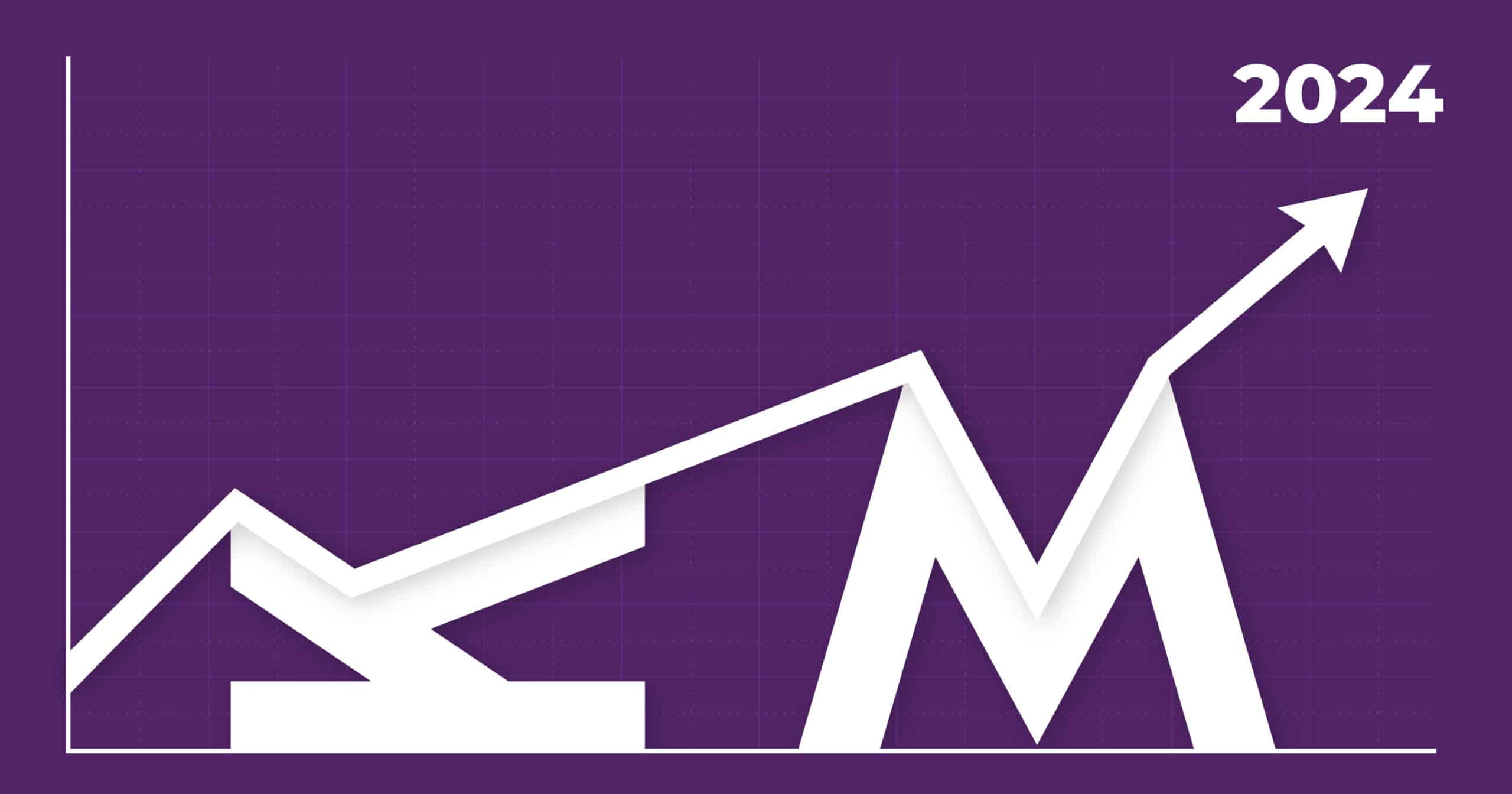 Focus on KM Doing What AI Can’t – I discuss above how KM can be an enabling factor for AI, and AI can be an accelerator for KM as well. Equally, there has been a lot of discussion about which jobs AI will replace. Though AI will do a lot to facilitate and accelerate KM efforts, the role of the (human) Knowledge Management Expert has never been more important within an organization. Though I have no doubt it will get there in time, AI simply can’t do what we can. To that end, the 2024 KM Trend here is a focus on these key gaps, largely 1) capturing expertise with context and interpretation, ensuring an organization is relying on accurate, current, and trusted information, 2) relating knowledge and facilitating people in ways that will foster collaboration, learning, and innovation, and 3) defining the ontologies and large language models to deliver a digital map of how business is done and the relationships that exist therein. None of these are new skills or topics, but at present they are deeply in demand and are highly valued by mature organizations. The first point will be of particular prominence this year; as organizations are increasingly successful in harnessing their collective knowledge, information, and data, the importance of tacit knowledge capture will surge for many organizations hoping to fill gaps in their organizational intelligence.
Focus on KM Doing What AI Can’t – I discuss above how KM can be an enabling factor for AI, and AI can be an accelerator for KM as well. Equally, there has been a lot of discussion about which jobs AI will replace. Though AI will do a lot to facilitate and accelerate KM efforts, the role of the (human) Knowledge Management Expert has never been more important within an organization. Though I have no doubt it will get there in time, AI simply can’t do what we can. To that end, the 2024 KM Trend here is a focus on these key gaps, largely 1) capturing expertise with context and interpretation, ensuring an organization is relying on accurate, current, and trusted information, 2) relating knowledge and facilitating people in ways that will foster collaboration, learning, and innovation, and 3) defining the ontologies and large language models to deliver a digital map of how business is done and the relationships that exist therein. None of these are new skills or topics, but at present they are deeply in demand and are highly valued by mature organizations. The first point will be of particular prominence this year; as organizations are increasingly successful in harnessing their collective knowledge, information, and data, the importance of tacit knowledge capture will surge for many organizations hoping to fill gaps in their organizational intelligence.
It is important to note that what the generative AI community cutely calls hallucinations are actually extremely problematic for an organization seeking AI. A hallucination is actually either a poorly designed connection, a gap in knowledge, or more likely an incorrect input (as in, old, obsolete, or just plain incorrect information). Knowledge Management professionals should be an organization’s hallucination assassins.
Knowledge Management professionals should be an organization’s hallucination assassins.
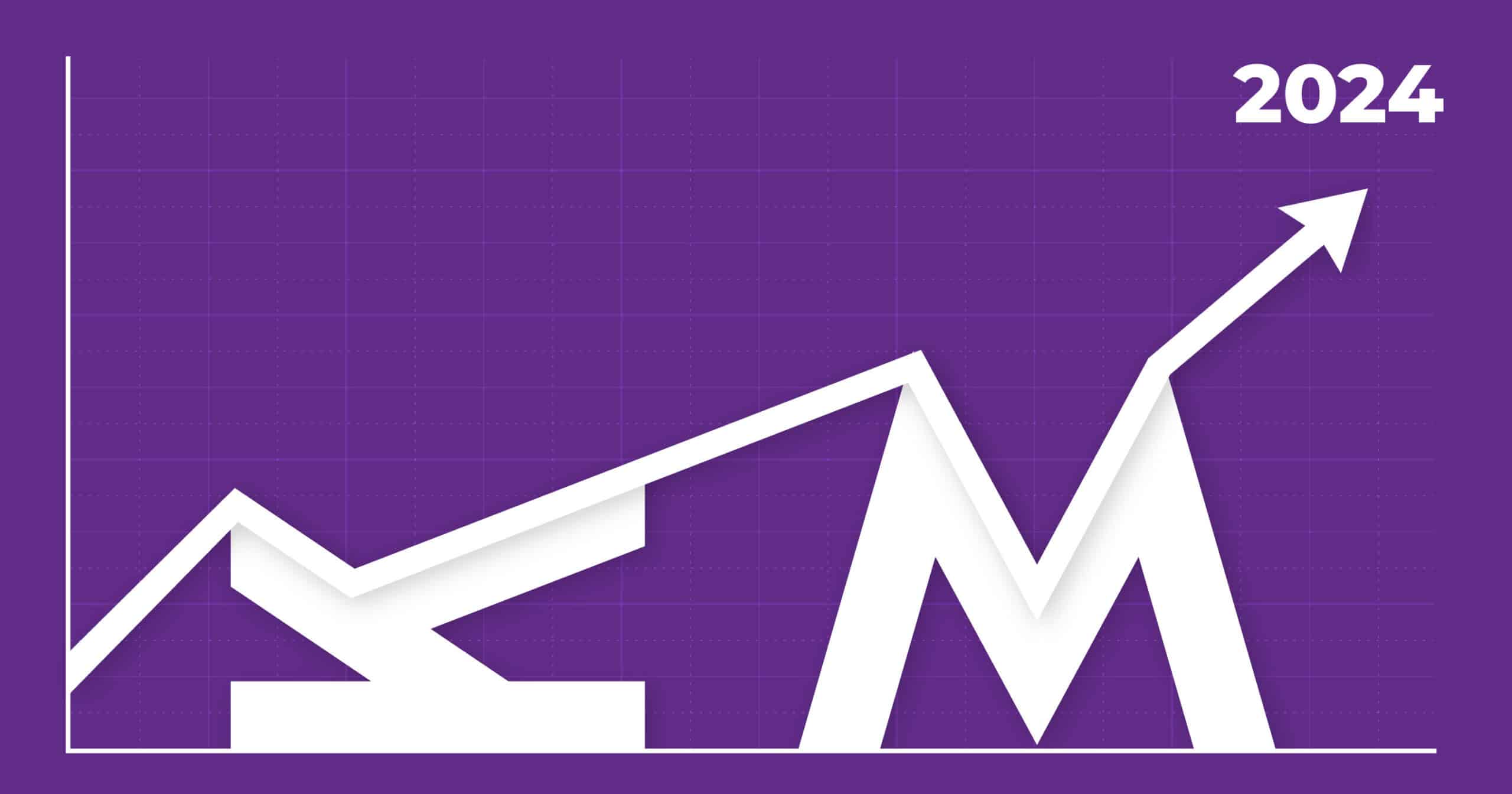 Content Structure and Quality – At the beginning of my career, the simple selling point for taxonomies and tagging was adding structure to unstructured information. Now, twenty-five years later, we’re still seeking to enhance our content, but the definition of content has broadened, and the structure we’re seeking is much more mature. The key theme here from the content perspective, as I covered last year, is that KM now covers all forms of content, from tacit to explicit, information to data, and including people, products, and processes all as discrete knowledge assets that can be included as part of an organization’s KM ecosystem. Structure has also progressed from the simple topics of taxonomy and tagging to the design of enterprise-level ontologies, content types, text analytics, and natural language processing to drive not just an understanding of each individual knowledge asset, but the relationships between them and within them.
Content Structure and Quality – At the beginning of my career, the simple selling point for taxonomies and tagging was adding structure to unstructured information. Now, twenty-five years later, we’re still seeking to enhance our content, but the definition of content has broadened, and the structure we’re seeking is much more mature. The key theme here from the content perspective, as I covered last year, is that KM now covers all forms of content, from tacit to explicit, information to data, and including people, products, and processes all as discrete knowledge assets that can be included as part of an organization’s KM ecosystem. Structure has also progressed from the simple topics of taxonomy and tagging to the design of enterprise-level ontologies, content types, text analytics, and natural language processing to drive not just an understanding of each individual knowledge asset, but the relationships between them and within them.
 Building the Semantic Layer – The semantic layer is also not a new concept, but it is quickly becoming one of the biggest trends in the overlapping space between KM, Data, and AI. In past years, I’ve written about the trend of Knowledge Graphs and how they’re enabling AI, and now semantic layers are set up to be the next, more powerful, step in that progression. A semantic layer is a standardized framework that organizes and abstracts organizational data (structured, unstructured, semi-structured) and serves as a connector for data and knowledge. It combines many of the core design elements of KM, namely information architecture, taxonomies, ontologies, metadata, and content types, along with traditionally data-centric elements like business glossaries and data catalogs to deliver highly contextualized, integrated knowledge at the point of need. If this is a new term for you, get ready to hear it a lot more. It is more than an enabler for AI, setting organizations up to realize longstanding KM goals of breaking down silos; connecting all forms of data, information, and knowledge with the people who need it; and leveraging analytics to fill gaps in knowledge and performance. In short, it is the solution that may finally deliver true enterprise knowledge for an organization.
Building the Semantic Layer – The semantic layer is also not a new concept, but it is quickly becoming one of the biggest trends in the overlapping space between KM, Data, and AI. In past years, I’ve written about the trend of Knowledge Graphs and how they’re enabling AI, and now semantic layers are set up to be the next, more powerful, step in that progression. A semantic layer is a standardized framework that organizes and abstracts organizational data (structured, unstructured, semi-structured) and serves as a connector for data and knowledge. It combines many of the core design elements of KM, namely information architecture, taxonomies, ontologies, metadata, and content types, along with traditionally data-centric elements like business glossaries and data catalogs to deliver highly contextualized, integrated knowledge at the point of need. If this is a new term for you, get ready to hear it a lot more. It is more than an enabler for AI, setting organizations up to realize longstanding KM goals of breaking down silos; connecting all forms of data, information, and knowledge with the people who need it; and leveraging analytics to fill gaps in knowledge and performance. In short, it is the solution that may finally deliver true enterprise knowledge for an organization.
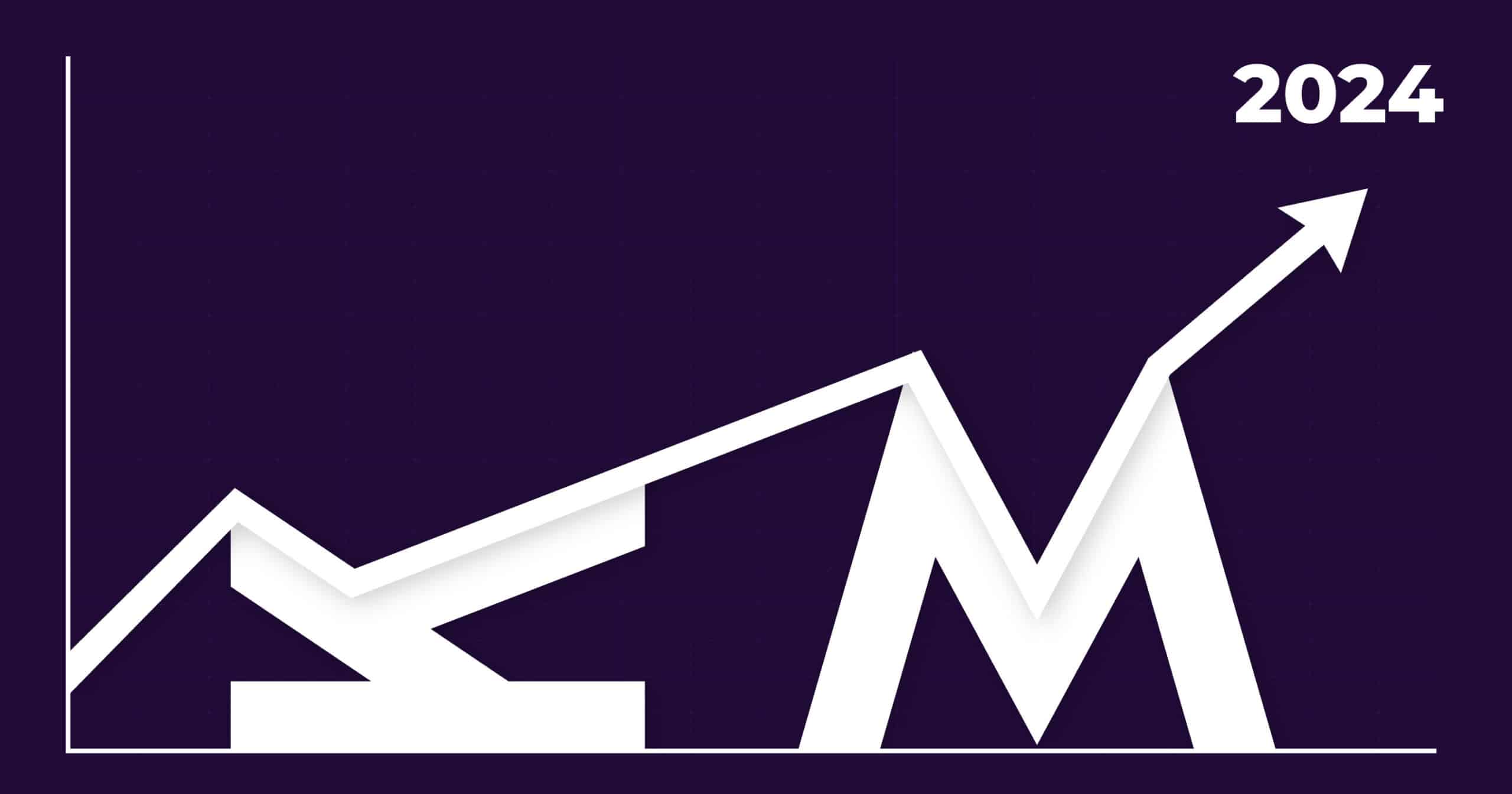 Renewed Executive Interest and Openness – I’ve noted in the past that executives were already more open to investment in KM due to the pandemic and subsequent trend toward remote/hybrid work, in addition to the “Great Resignation” and battle for talent. Adding to that, at present, is the massive focus on AI. The key to this trend is that it likely means bigger budgets for knowledge management, but only if you know what to listen for. Executives will be asking for the big AI solution, and they will be more specifically seeking automated content assembly, content cleanup, learning, and knowledge layers. The letters “K” and “M” may not be in the request, but mature KM professionals need to understand the ask and know the central role they play in delivering on it. Put simply, KM’ers can finally be the cool kids, but only if they know how to position KM where it belongs within the organization.
Renewed Executive Interest and Openness – I’ve noted in the past that executives were already more open to investment in KM due to the pandemic and subsequent trend toward remote/hybrid work, in addition to the “Great Resignation” and battle for talent. Adding to that, at present, is the massive focus on AI. The key to this trend is that it likely means bigger budgets for knowledge management, but only if you know what to listen for. Executives will be asking for the big AI solution, and they will be more specifically seeking automated content assembly, content cleanup, learning, and knowledge layers. The letters “K” and “M” may not be in the request, but mature KM professionals need to understand the ask and know the central role they play in delivering on it. Put simply, KM’ers can finally be the cool kids, but only if they know how to position KM where it belongs within the organization.
KM’ers can finally be the cool kids, but only if they know how to position KM where it belongs within the organization.
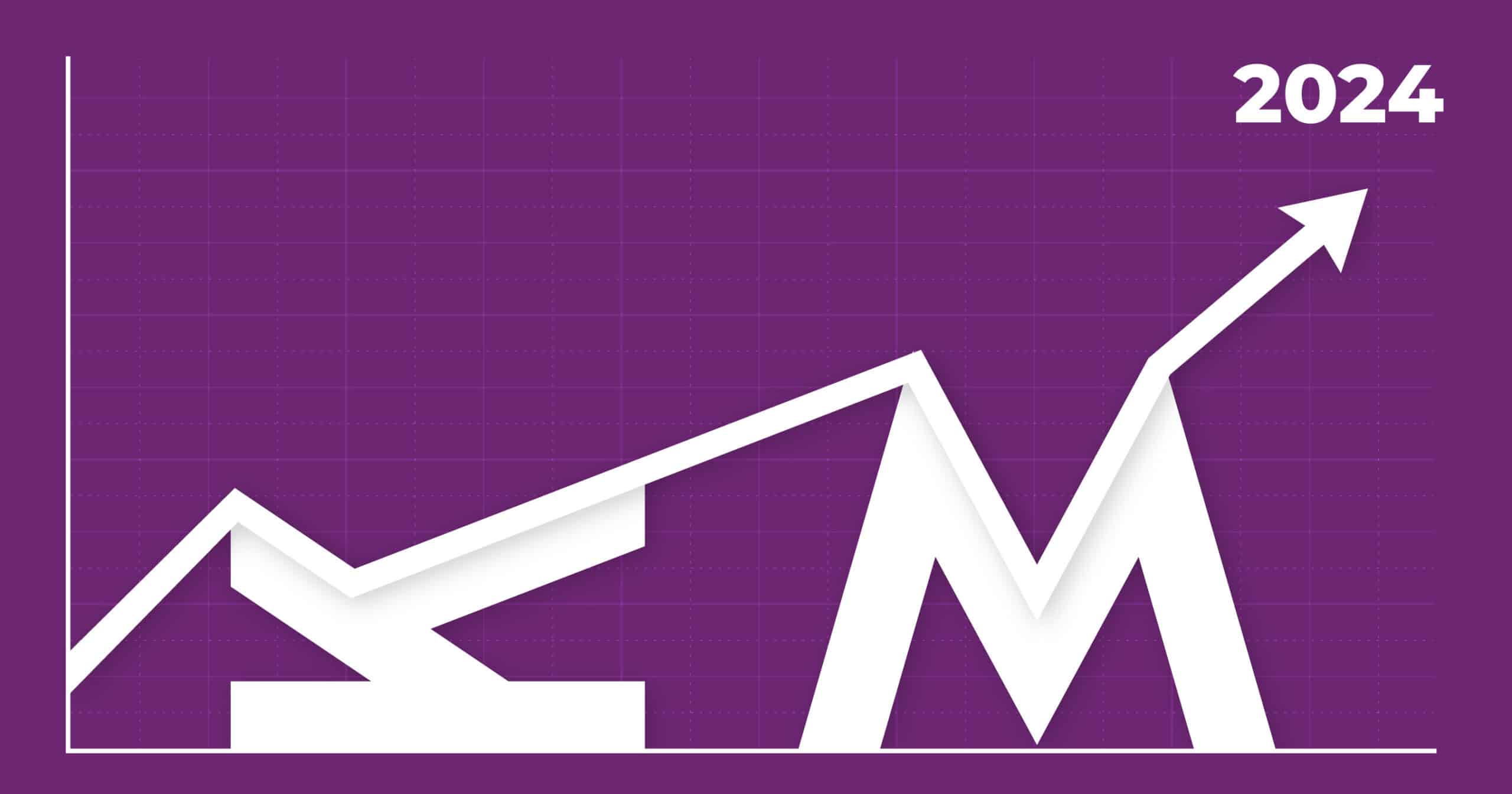 Conversational Knowledge Management – We’ve all been amazed by the conversational nature of ChatGPT that allows novice users to ask for answers to questions, images, ideas, and even code, conversing to clarify exactly what you want. As we jointly mature in KM and AI, we’re trending toward “conversational” KM solutions that expand on advanced search, knowledge portals, and intelligent chatbots to allow any user to interact with an organization’s knowledge assets and get increasingly pertinent and customized answers that will help them complete their mission. We’ve already delivered this for some of our more advanced customers, but both the associated technologies and the organizational use cases are hitting a point of inflection where conversational KM capabilities will quickly become the norm.
Conversational Knowledge Management – We’ve all been amazed by the conversational nature of ChatGPT that allows novice users to ask for answers to questions, images, ideas, and even code, conversing to clarify exactly what you want. As we jointly mature in KM and AI, we’re trending toward “conversational” KM solutions that expand on advanced search, knowledge portals, and intelligent chatbots to allow any user to interact with an organization’s knowledge assets and get increasingly pertinent and customized answers that will help them complete their mission. We’ve already delivered this for some of our more advanced customers, but both the associated technologies and the organizational use cases are hitting a point of inflection where conversational KM capabilities will quickly become the norm.
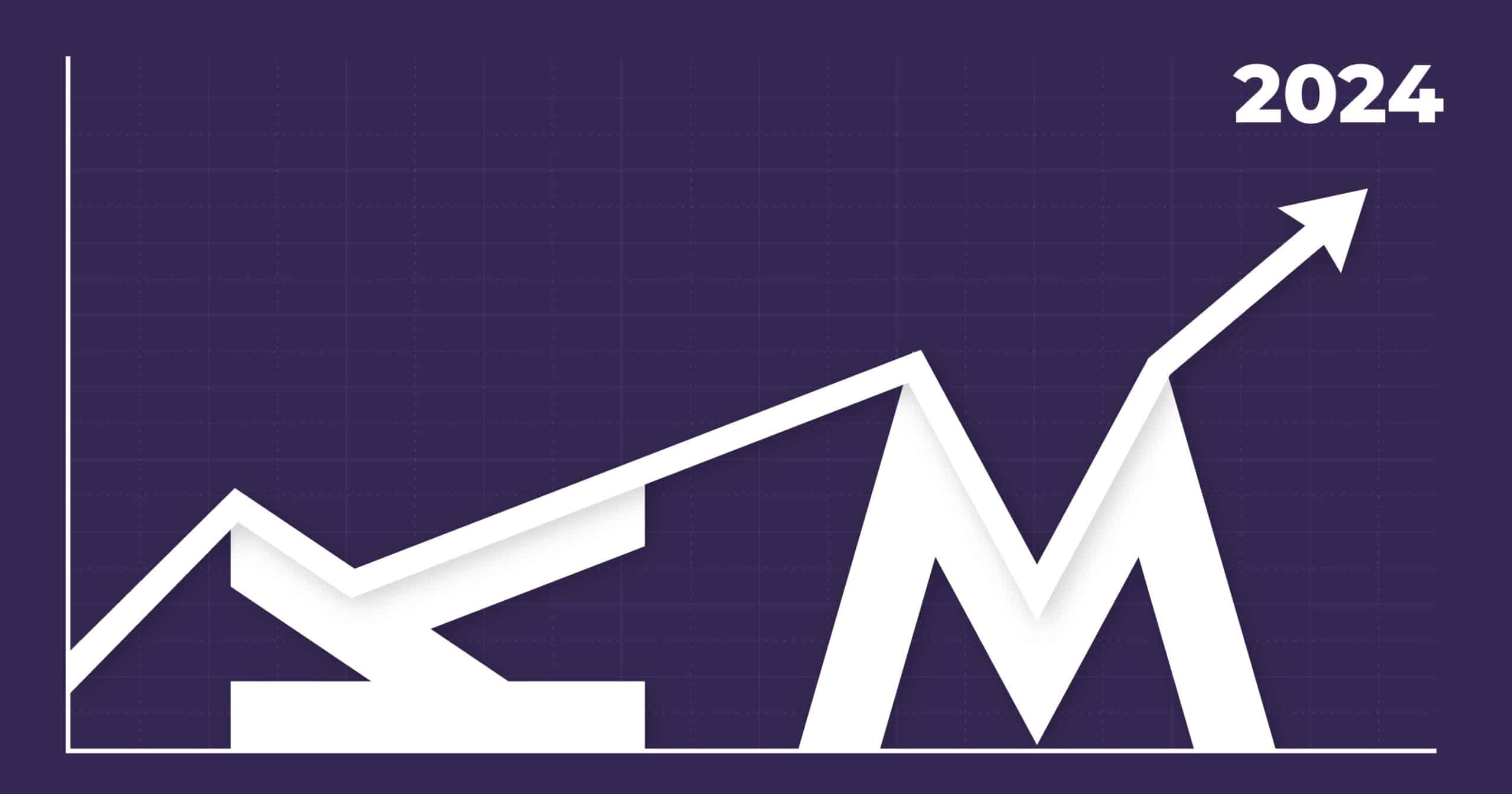 KM for Risk Identification and Mitigation – Historically, the value of KM has been difficult to express, but we’ve actually made great progress in that area by focusing on the business outcomes of KM, including improved productivity, cost reduction, employee retention, faster and better onboarding and learning, and customer retention, to name a few of the big ones. A new trend in KM comes with a new type of business value: risk identification and mitigation. KM can help identify and mitigate risks by leveraging comprehensive KM solutions to spot improperly secured or incorrect content. This is of particular value for highly regulated industries or those dealing with confidential information. The ROI on this is clear, as one accidental release of proprietary information can cost millions. Worse yet, the wrong information delivered about how to use a product can cost lives. There are other use cases specifically about spotting gaps in knowledge before they become dire, but in short, an enterprise approach to KM can allow an organization to better understand all of their knowledge, content, and data, allowing them to proactively address measurable risks that might occur. This final trend is particularly noteworthy given how easy it is to justify investment, delivering major impact for organizations.
KM for Risk Identification and Mitigation – Historically, the value of KM has been difficult to express, but we’ve actually made great progress in that area by focusing on the business outcomes of KM, including improved productivity, cost reduction, employee retention, faster and better onboarding and learning, and customer retention, to name a few of the big ones. A new trend in KM comes with a new type of business value: risk identification and mitigation. KM can help identify and mitigate risks by leveraging comprehensive KM solutions to spot improperly secured or incorrect content. This is of particular value for highly regulated industries or those dealing with confidential information. The ROI on this is clear, as one accidental release of proprietary information can cost millions. Worse yet, the wrong information delivered about how to use a product can cost lives. There are other use cases specifically about spotting gaps in knowledge before they become dire, but in short, an enterprise approach to KM can allow an organization to better understand all of their knowledge, content, and data, allowing them to proactively address measurable risks that might occur. This final trend is particularly noteworthy given how easy it is to justify investment, delivering major impact for organizations.
Do you need help understanding and harnessing the value of these trends? Contact us to learn more and get started.
